2019 Chevrolet Corvette ZR1 Vs. 2018 Porsche 911 GT3

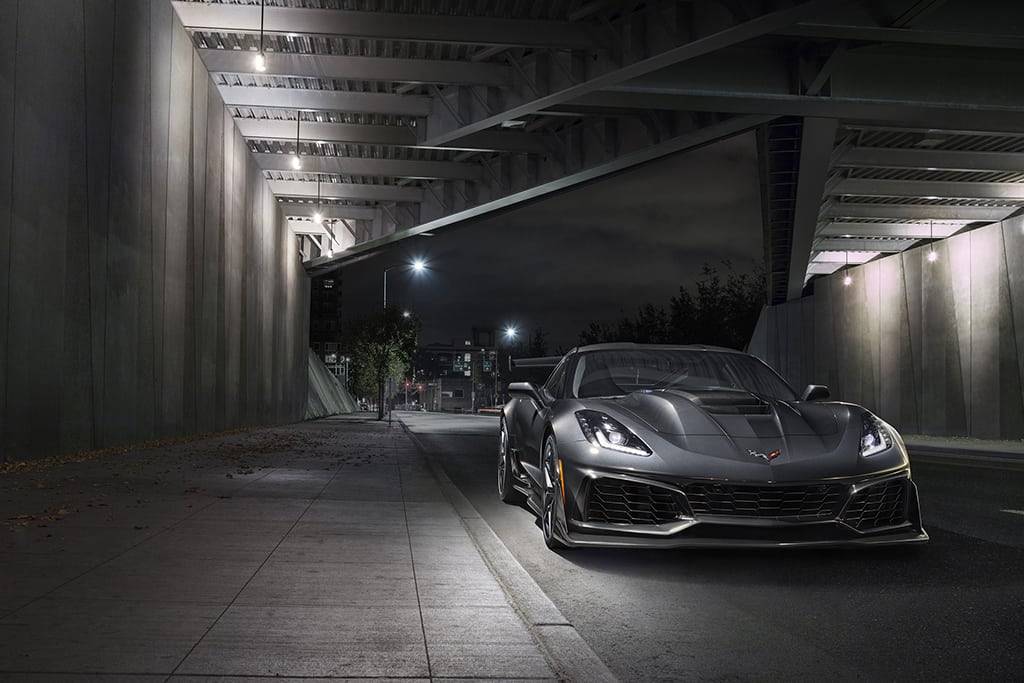
CARS.COM — Chevrolet released preliminary details on the new 2019 Corvette ZR1, and they have me shaking. More than 750 horsepower? The fastest, most powerful production Chevy Corvette ever? Nine hundred fifty pounds of downforce from an optional giant wing? Numbers alone rarely excite me, but these have my heart pumping — and we don’t even have full information on the supercar yet.
- ${price_badge()}
- ${ami_badge()}
- ${battery_badge()}${ev_report_link()}
- ${hot_car_badge()}
- ${award_badge()}
- ${cpo_badge()}
${price_badge_description}
${ami_badge_description}
The EV Battery Rating is based on this vehicle's current expected range relative to the vehicles expected range when new. ${battery_badge_text}
This vehicle is certified pre-owned, backed by a manufacturer warranty, and typically undergoes a rigorous multi-point inspection to ensure quality and reliability.
This vehicle is currently in high demand given its competitive price, desirable features, and overall condition, and may have a higher chance of selling quickly.
Shop the 2018 Chevrolet Corvette near you


The ZR1 name bears a lot of weight for the Corvette. The last vehicle to wear it was the 2013 Corvette ZR1 (part of the C6 generation), so it’s been six years since what I can safely call the ultimate Corvette roamed the streets.
Chevrolet divulged some details but not all of them. However, that won’t stop us from guessing a few things. Chevy didn’t share pricing, but the last ZR1 sold for $112,595 with destination, so we’re guessing the new one will land in the $125,000-$140,000 range. That puts it within range of a natural competitor: the 2018 Porsche 911 GT3 and its $144,650 price tag.
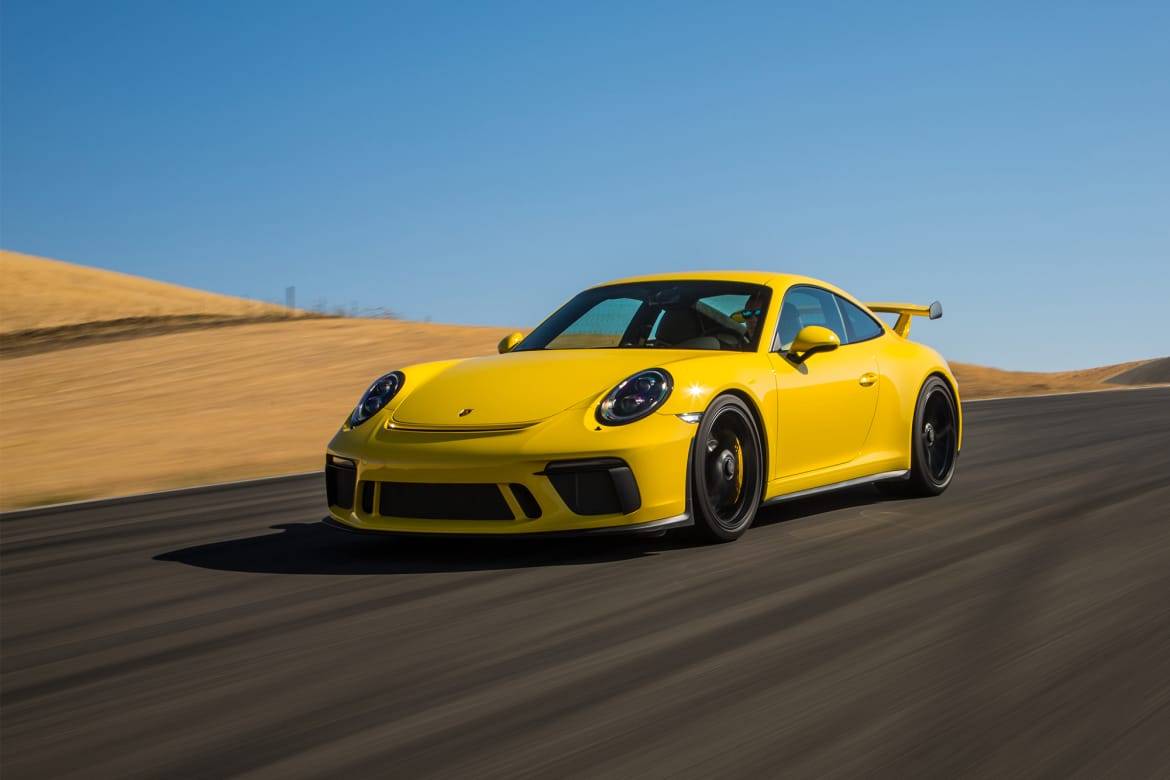
The Porsche 911 and Chevrolet Corvette have been natural competitors to me, and it makes sense that the top performance-oriented trims would align, as well. While both cars are rear-wheel drive and have the same goal (sports car superiority), these supercars get there in different ways. To see this, look no further than engine placement: The Corvette’s is in front while the 911’s is in back.
Let’s take a closer look at how the forthcoming 2019 ZR1 stacks up against the 2018 Porsche 911 GT3.
Powertrains
The Corvette ZR1 enjoys a massive power advantage with its supercharged 6.2-liter V-8, which pumps out 755 hp and 713 pounds-feet of torque. It offers two transmission options, an eight-speed automatic or a seven-speed manual.
The Porsche 911 GT3 goes the naturally aspirated route with its 4.0-liter flat-six engine. It produces 500 hp and 339 pounds-feet of torque with a seven-speed PDK automatic or six-speed manual, so one less gear on both fronts.
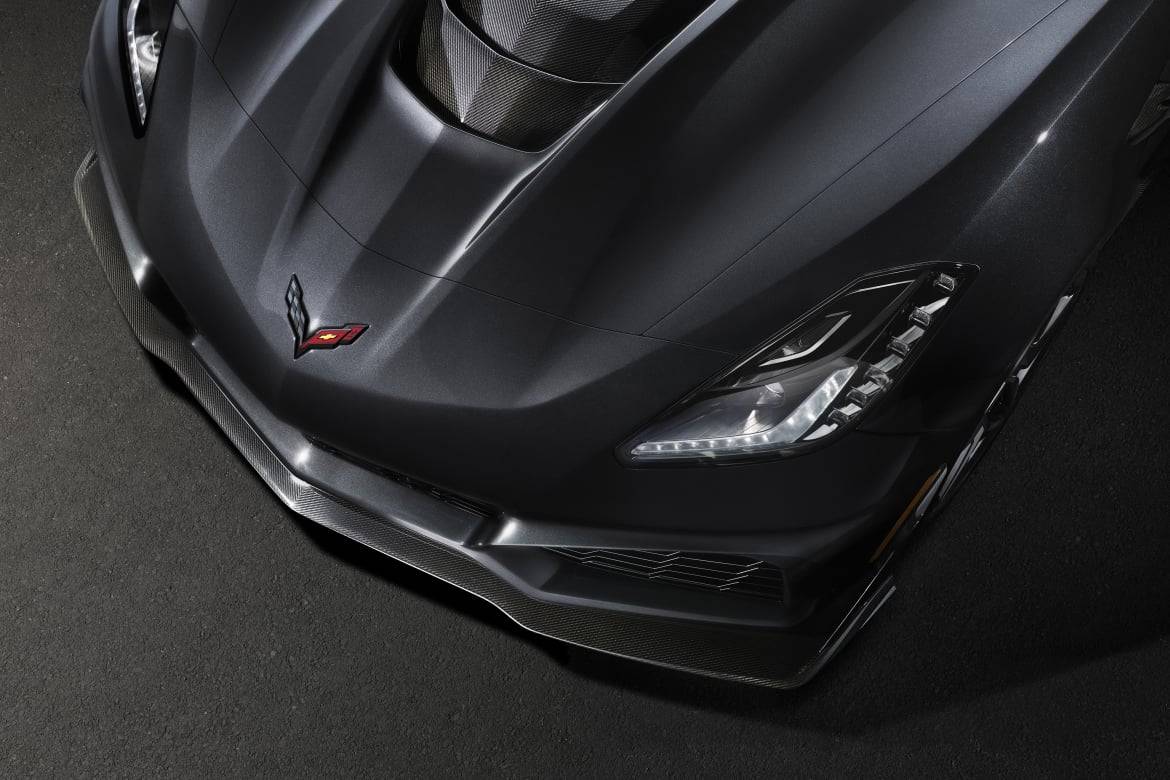
Though we don’t have all of the exact performance figures for the Chevy Corvette ZR1, it’s safe to say that it will be the faster of the two. It has the higher top speed (210-plus mph versus 198 mph with the manual 911) and a better power-to-weight ratio: The Porsche 911 GT3 is 6.3 pounds per horsepower; in the ZR1, that figure shrinks to 4.7 pounds per horsepower, which is bonkers when you consider that it weighs more — 3,560 pounds versus 3,153 pounds for PDK versions of the GT3.
Zero-to-60-mph times should also favor the American. The Porsche makes it in 3.8 seconds with the manual and 3.2 seconds with the PDK. Chevy didn’t release exact times for the ZR1, but we know the Z06 with a less-powerful engine and the eight-speed automatic can make the same sprint in just 2.95 seconds. Excuse me while I black out again.
Suspensions
Both of the sports cars opt for adaptive suspensions, called Magnetic Ride Control on the ZR1 and Porsche Active Suspension Management on the GT3. The Porsche does offer one thing the Corvette doesn’t: rear-wheel steering, which helps a variety of situations.
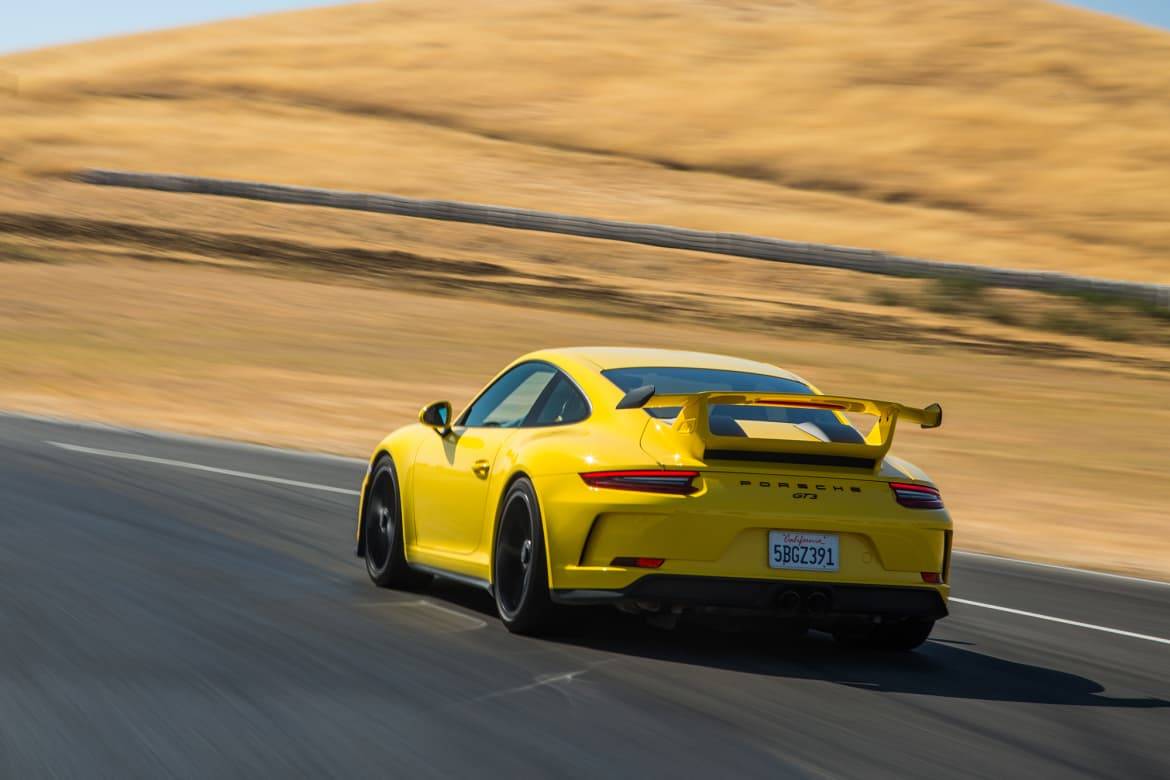
The GT3’s suspension has one more feature I hope will reach the ZR1, which can help save the front bodywork on the street: an optional pneumatic front-axle lift system that can raise the front by 1.2 inches to help separate speed bumps and other obstacles from the front splitter. The ZR1 has all sorts of fancy bodywork up front, which help to funnel air to the four new radiators and 13 total heat exchangers.
Go-Fast Bits
This is my all-encompassing, imagined term to discuss aerodynamics on both vehicles — which are, again, pretty bananas. Both feature functional rear wings and extra air bumper openings to send air to the engines.
The Porsche combines the wing with a rear underbody diffuser, and the two produce a combined 340 pounds of downforce at track speeds.
The Chevrolet counters with a massive optional wing of its own (part of the ZTK Performance Package). Adjust it to trade some top speed for … 950 pounds of downforce.
Both vehicles offer carbon-ceramic brakes, optional on the Porsche and included (unknown yet whether they’re standard or optional) on the Chevrolet, which help bring all of that speed to a halt.
The 2019 Chevrolet Corvette ZR1 hits dealerships in the spring of 2018, and we hope then to put these speculations about how it drives to a real test.
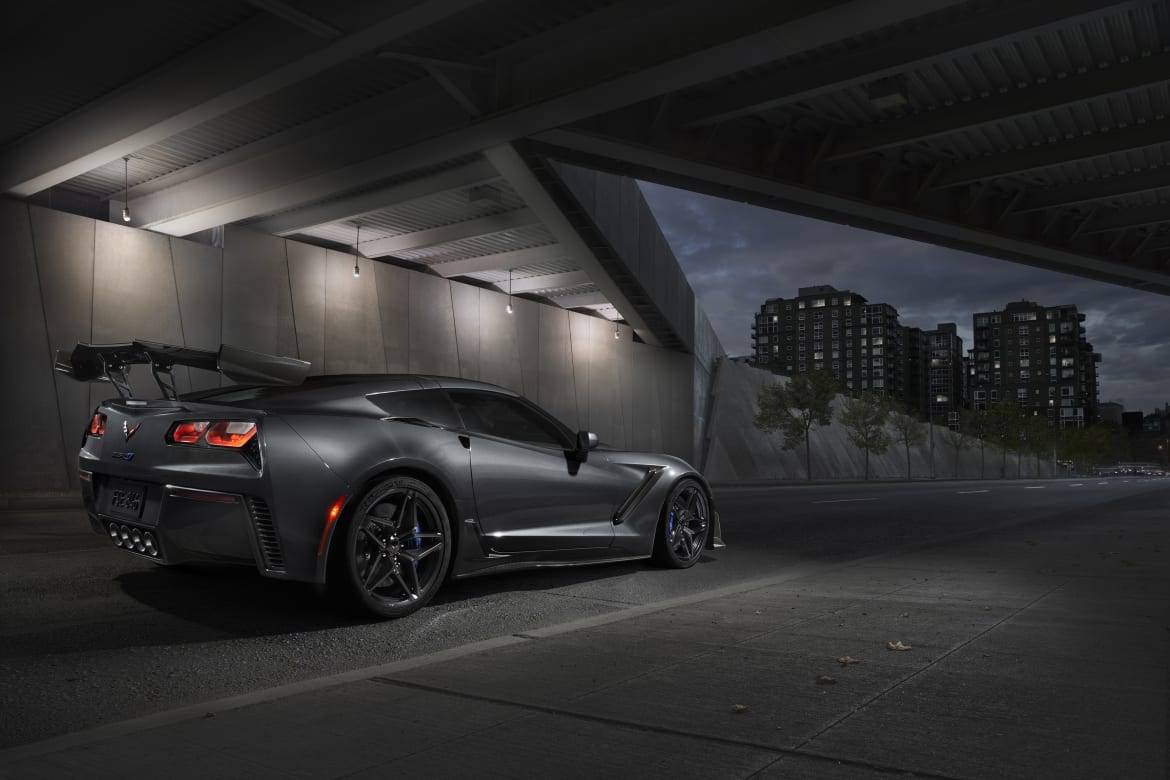
Cars.com’s Editorial department is your source for automotive news and reviews. In line with Cars.com’s long-standing ethics policy, editors and reviewers don’t accept gifts or free trips from automakers. The Editorial department is independent of Cars.com’s advertising, sales and sponsored content departments.

Former L.A. Bureau Chief Brian Wong is a California native with a soft spot for convertibles and free parking.
Featured stories



